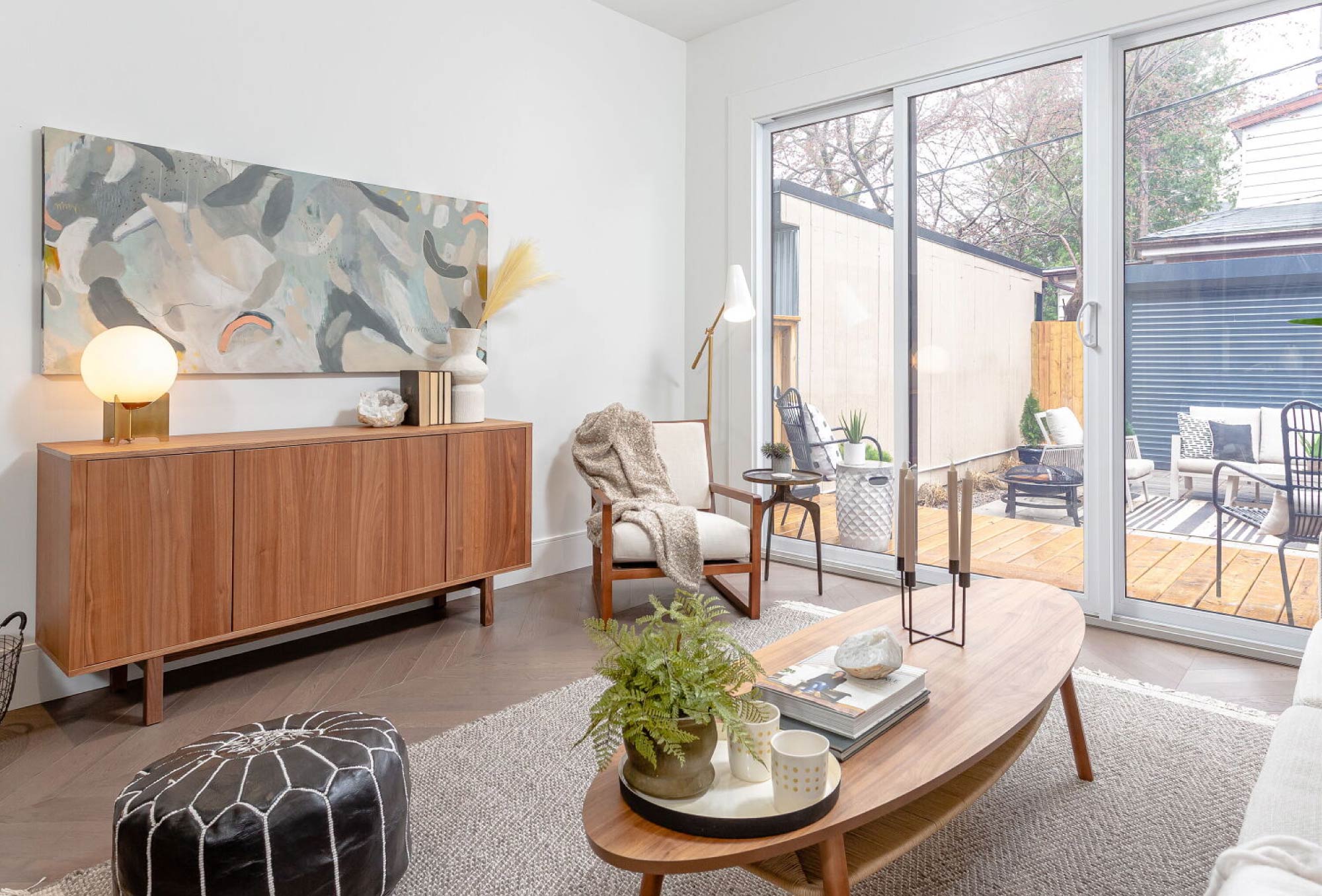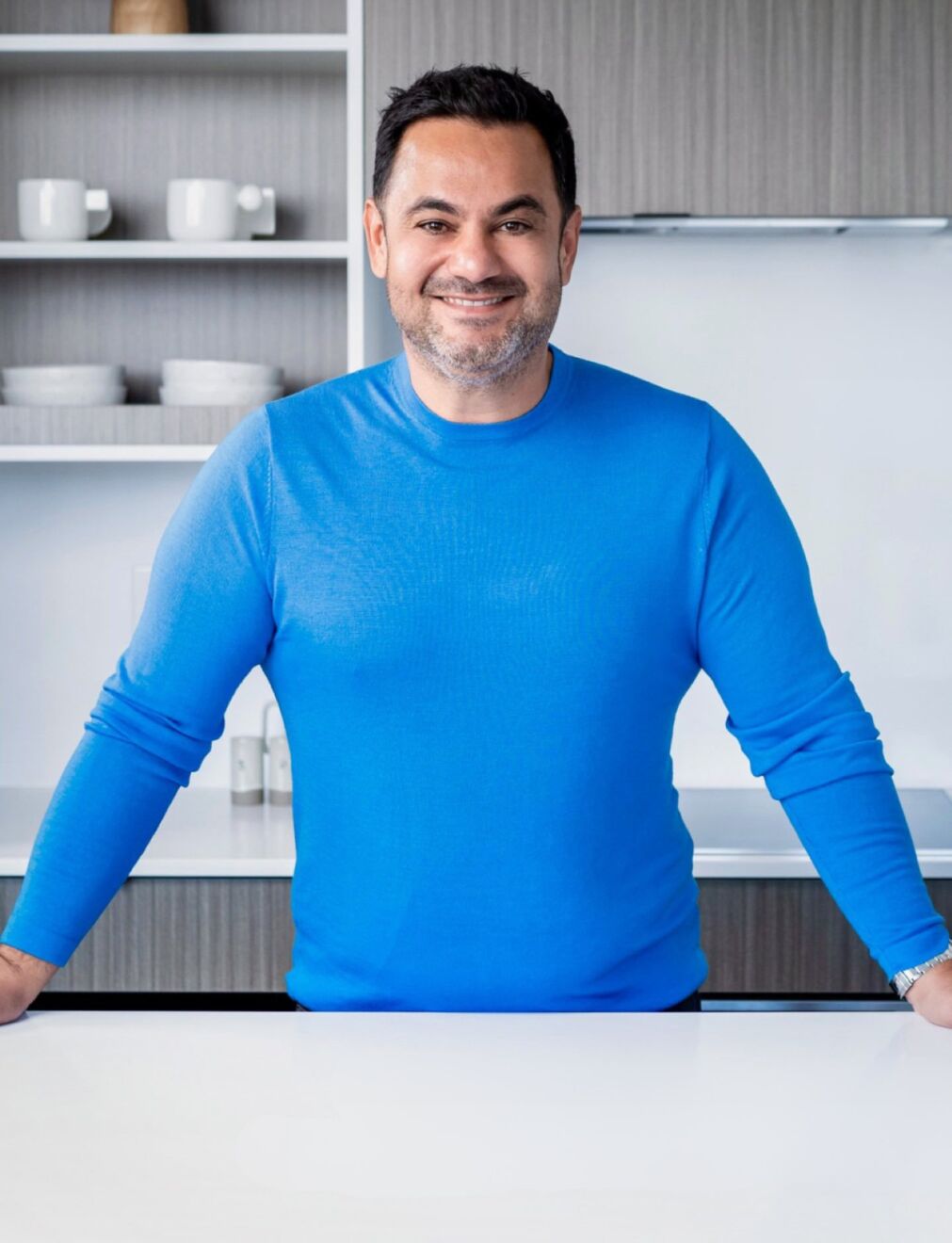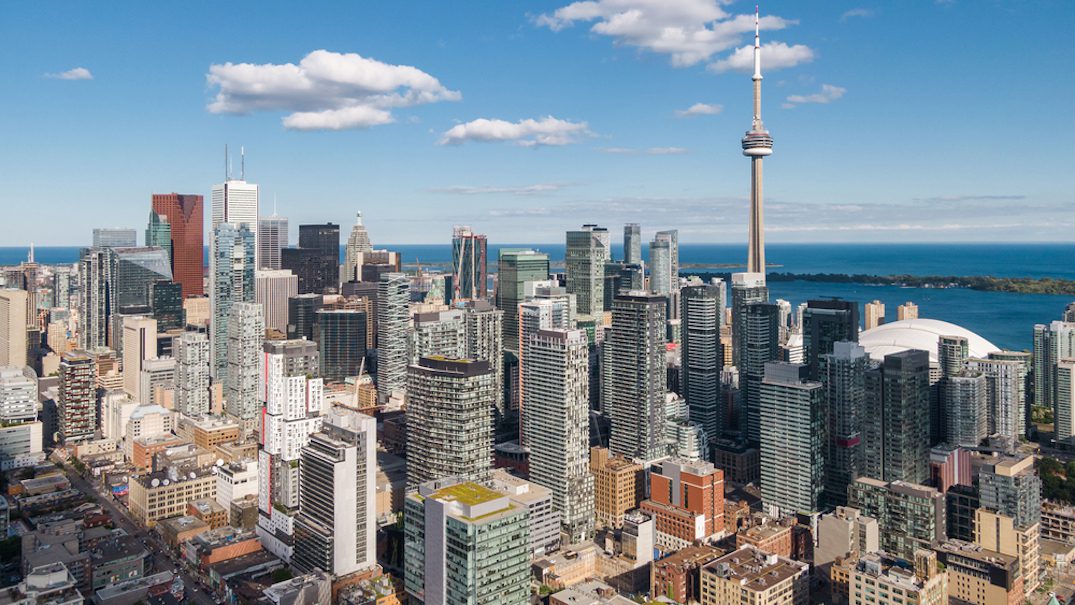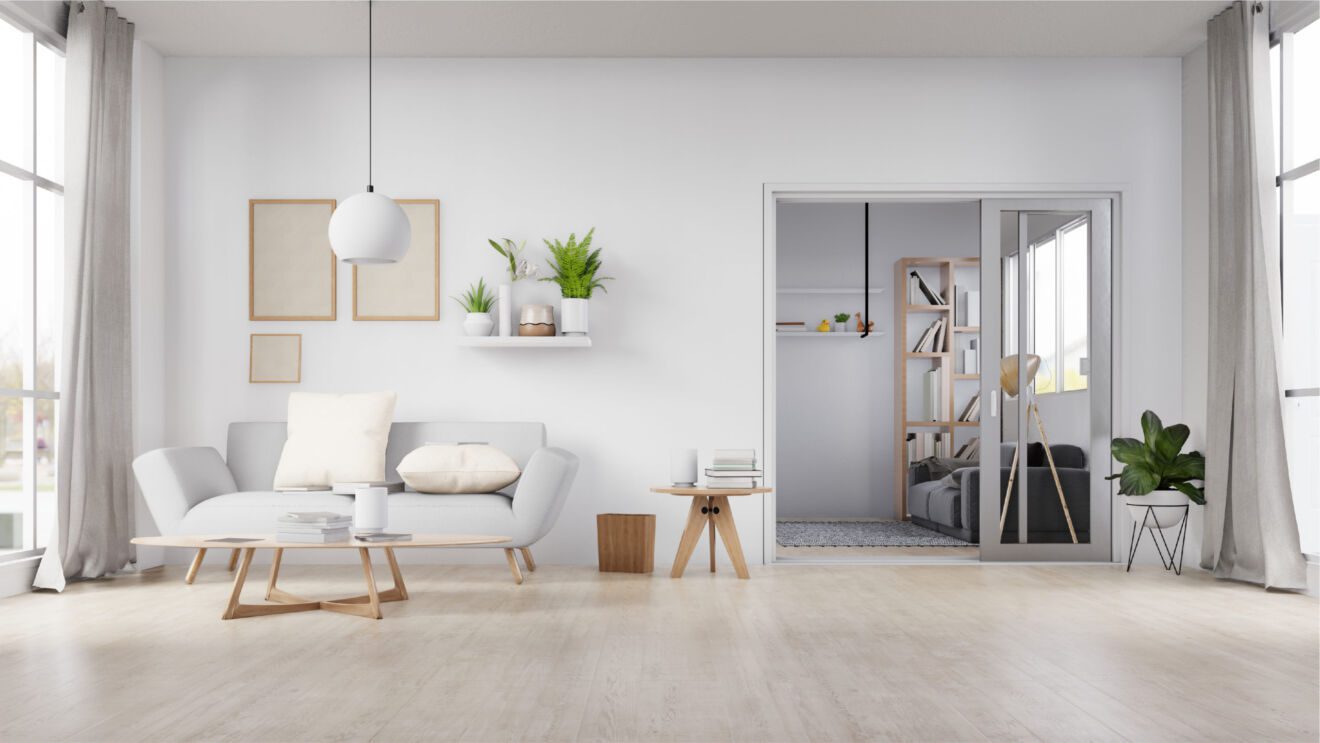
After watching the hundreds of DYI and home renovation shows, do you find yourself saying, “I wonder if I could do that?” – well you can and this is how to set yourself up for your first flipping experience.
The first step is the process of flipping a house is to determine what you want to accomplish and the investment to achieve this goal. Working with an advisor can help you decide if a flip is in your future.
When my wife and I took on our first flip 5 years ago, we talked about the need for good, qualified contractors that could work within our timelines. We knew we couldn’t do everything ourselves so we broke up the work and distributed it in a realistic way. When looking for contractors, always check references and always get a number of estimates – this will allow for accuracy in budgeting by giving you a realistic look at costs.
Once you have the tools necessary to take on this challenging project, it’s now time to find your dream flip house.
The right property is simply the worst property in a good neighbourhood. We have all seen them, the house with the overgrown grass, peeling paint, closed off layout, and outdated kitchen. If you are really brave it’s also has an unfinished basement with high ceilings and lots of potential.
Flipping isn’t limited to houses – some of the best opportunities are condos. Those buildings that are a little older but in a great location and, unlike new condos, have a large amount of space. Can you see it now?
One of the most important steps in finding the right property is getting it for the right price. Using a licensed real estate agent will not only ensure that you get the best price but you will have a trained professional ensuring you are legally protected from any misrepresentation that an untrained eye may miss. After all, once the inspections are completed and the purchase closes, you now own your own business.
After the celebration of getting the keys and opening the doors to your new project, it is essential to remain on budget, on time and on strategy – just as my wife and I found out firsthand.
Flipping properties is a business – first and foremost, you need a strategy and a budget.
Your strategy should always include your real estate agent, as they can help steer you in the right direction, help you invest in the right improvements, while not over-improving for the area.
Always begin with a work plan of projects and timing, and end with an exit plan of selling the property to maximize your profits. Any flip should focus on investments that will show the most return, which are almost always the kitchen, bathrooms and flooring. In addition, the level of finishes and materials should be consistent with the neighbourhood and what’s in demand – your realtor would be a good source for this information.
Contractors will help with timing and assist with formalizing your budget. Although you have a fabulous, long list of things you want to do, you must always keep in mind the priorities and your budget. A tip from my personal experience is the cheapest quote isn’t always the best way to go. Use your own discretion and judge how realistic the quotes are with regard to time, cost, and always remember to build in a contingency.
As the project moves along you can expect delays, suppliers not delivering on time, contractors not showing up, the list goes on. The important part is to push back and stick to your strategy and budget. But even these issues will be limited if you did your initial work and researched your contractors and suppliers.
Fast forward and the property is finally complete and looks amazing. You have spent a little more then you budgeted, but you are finished on time and now the exit strategy comes into play – selling the property.
Your realtor will help you assess the current situation with your investment and help you with situations like “This was a lot more work than I thought it would be, so the price should be higher,” or “I spent more money than I thought I would and I want to price it higher so I can still make the same amount of profit.”
The value of the property will be based on the quality of the materials used, craftsmanship and most importantly, by comparable sales in the neighbourhood.
Once your property is sold, an easy formula to use to calculate your profit is as follows:
Selling price minus carrying cost, legal fees, real estate fees, renovation costs and the purchase price. The remaining money left is your profit – your hard work has finally paid off and it’s time to celebrate. Break out the champagne!

TRB Education Hub
Get the real estate resources you need to succeed. Visit our education hub for market insights, guides, podcasts and more.




